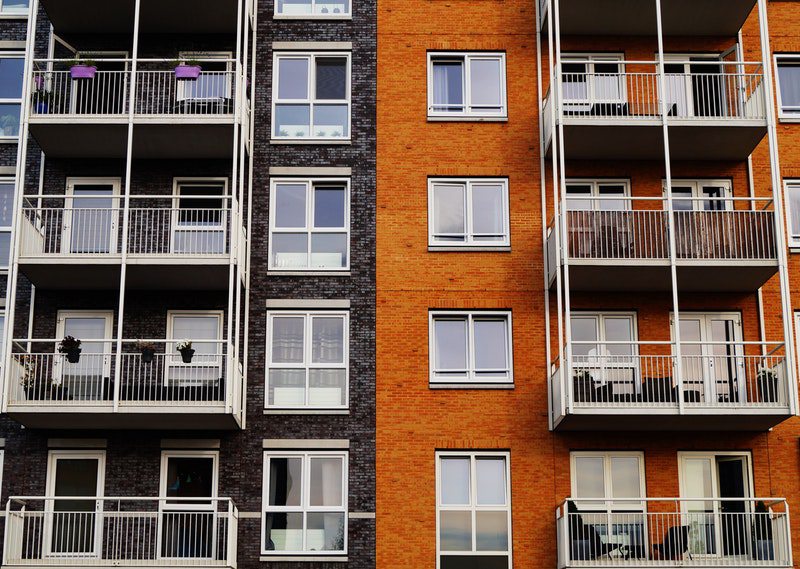Real estate investors can take some good news home from the performance of the market for multi-family housing through the first part of 2017, and rest comfortably based on expectations that little will change for the market in 2018. In addition, the variety of classifications in this massive sector may allow the diligent investor to still maximize their profits through rents and not need to sit out any unexpected price softening in order to pocket a healthy return.
Real Estate Market 2017 vs. 2016
Overall, the volume of home transactions in the multi-family sector fell in the first half of 2017, particularly in comparison to the robust market that was 2016. The first quarter of 2017 was slower than the second, but taken together were still down a remarkable 22.3% YTD from 2016. Total transactions reached 4,600 last year, but barely crossed the 1,500 mark over the first half of 2017. Analysts are confident that the lack of activity is due to a lack of availability, rather than a lack of demand.
The slowing market is also not uniform across all sectors. High rise multi-family transactions caused most of the slowdown in the multifamily market. These fell by almost 60% over the first half of 2017 in comparison to last year. Because of the larger size of each transaction relative to the rest of the multi-family market, this decline can be attributed to a drop in attractively priced offerings and new construction.
Forces Driving Multi-Family Home Sales
High prices on multi-family real estate properties are being driven by two main factors. The first of these is foreign investment. Christine Espenshade, Managing Director of Multi-family for the US at JLL, says that investors from Canada and Germany in particular are showing robust interest in the US market, due to similar rent structures in those countries. This investment is focused on the larger cities including New York and Chicago.
The second factor keeping prices high in spite of low sales volume is low interest rates globally. There are a variety of economic reasons why rates have stayed at or near historic lows for so long, but the net impact has been to support higher real estate values. Debt service is more manageable at lower rates, and this has brought eager buyers into the market.
How Low Cap Rates Are Affecting Home Sales
Higher prices mean lower cap rates, and this is demonstrated across the nation as well as across most sectors of the multi-family market. Most major markets saw cap rates in the range of 4% to 5%, with a small sampling of slightly higher rates in Ohio and a few other scattered cities. This is expected to continue into 2018 as real estate continues to provide an attractive risk-reward alternative to other asset classes.
However, higher cap rates can be found in areas and for smaller buildings that are not on the radar screen for larger or institutional buyers. These can be found in the suburban areas surrounding major cities, in places with older housing stock that needs refurbishment, and in buildings that appeal to Millennials who continue to prefer to rent rather than buy a primary residence.
That demographic trend may prove to be more powerful than current analysts expect. It has already driven up occupancy rates, but it may drive them even further as more Millennials start families and move out of their parents’ homes. Keep in mind that renting is a practical choice for Millennials rent because of the mobility it provides to respond to changes in the job market.
If this trend continues it could drive up rents and the resulting cap rates. This would provide current buyers a real cash flow bonus. Absent significant changes in the interest rate environment those increased cash flows can be expected to push cap rates back down through higher prices, creating an even healthier return for the long-term investor getting into the market today.




